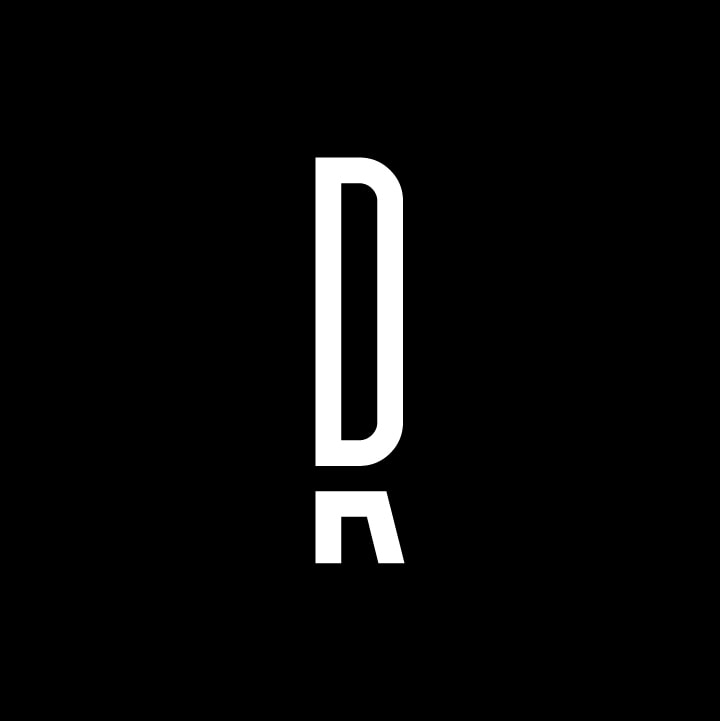Design System
eLearning
User Research
Stakeholder Management
B2B
B2C
Using a Data-Driven Redesign to Increase User Satisfaction by 30%
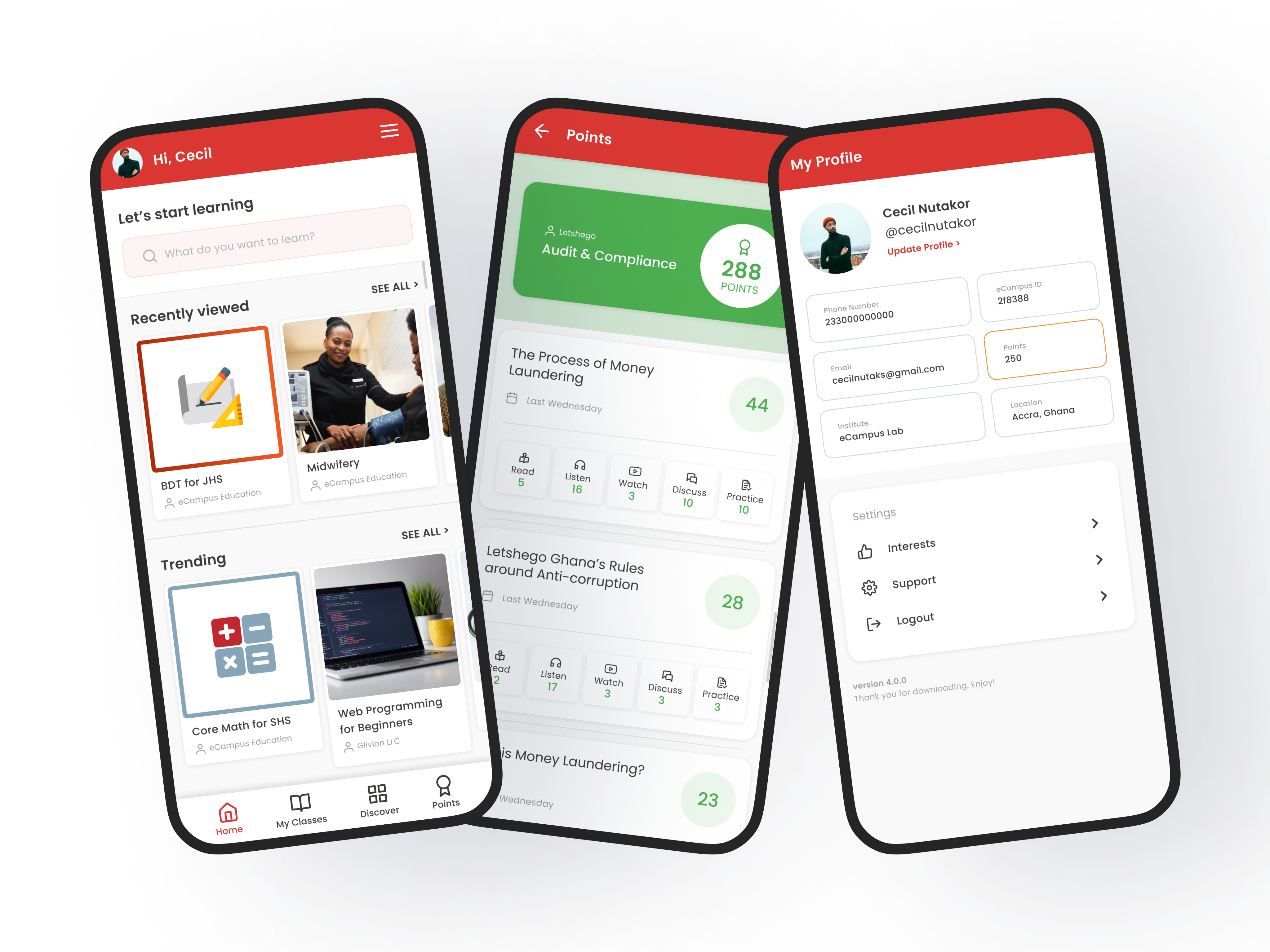
Role
Senior Product Designer (Lead)
Team
2 Designers
3 Engineers
CEO
Skills
Data-Driven Design
Mobile App Design
User Research
Design System
Rebranding
BEFORE
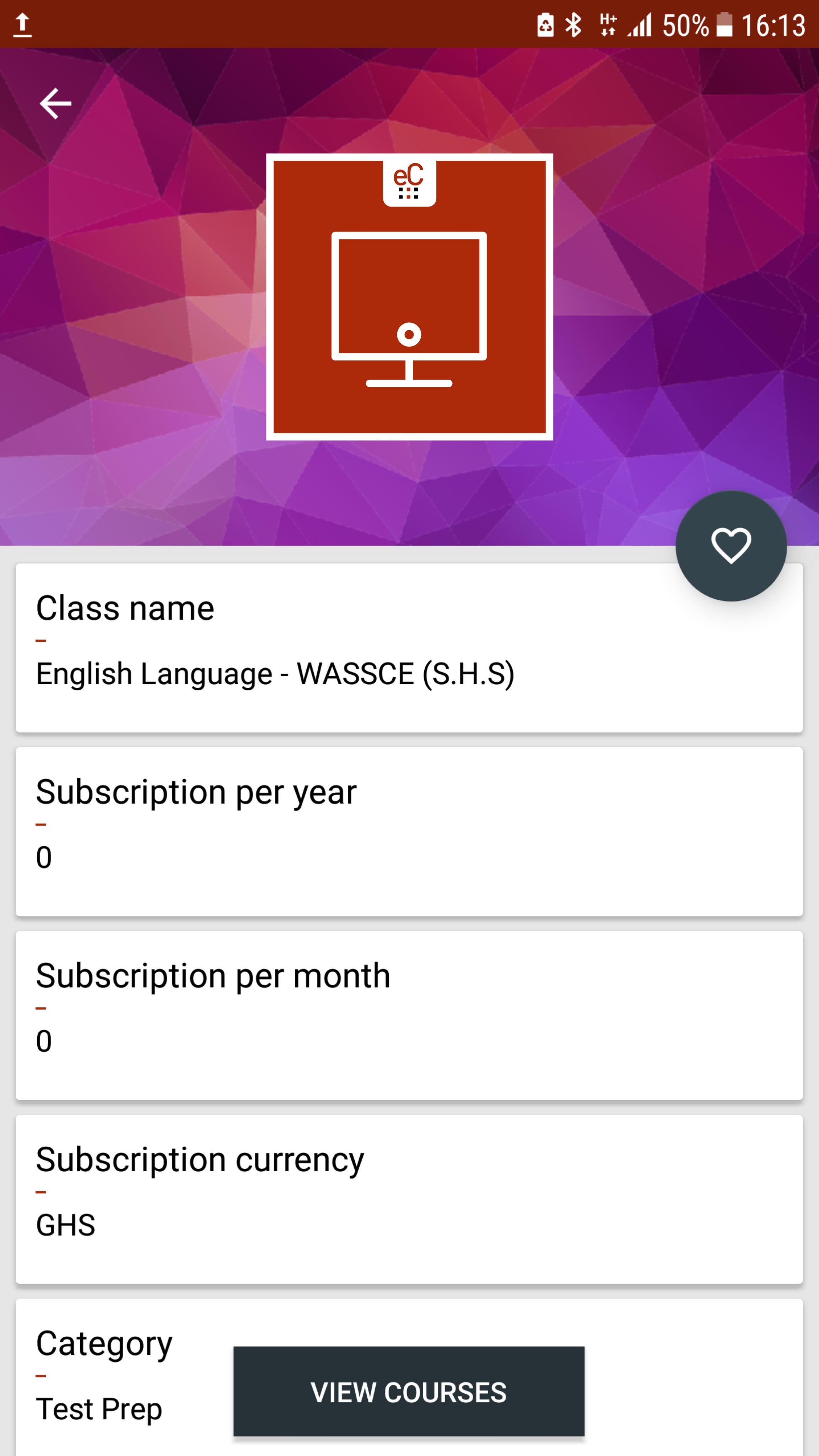
AFTER
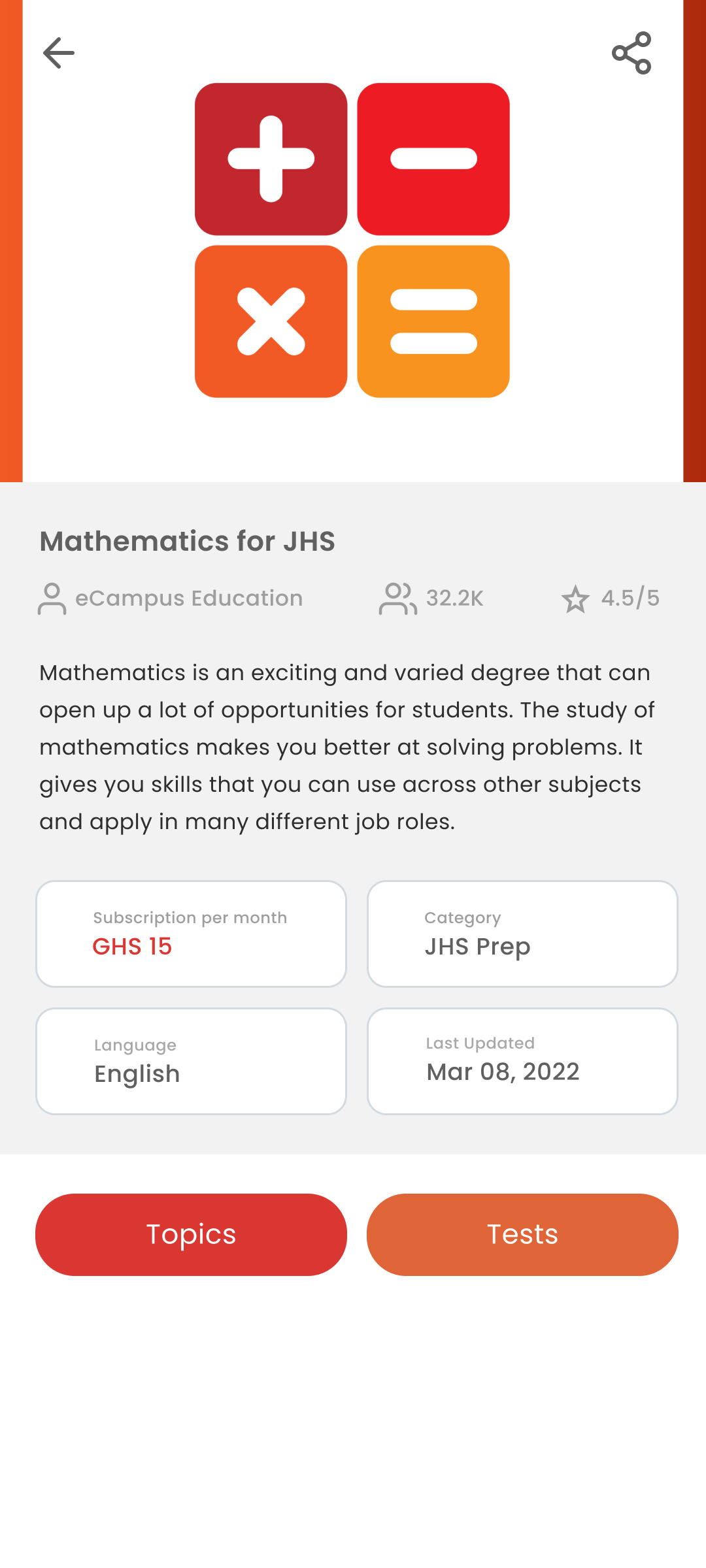
Context
The eCampus mobile app had low user satisfaction due to a dated UI, confusing user flows, and a lack of design consistency. This was hurting user adoption and slowing down new feature development.
Challenge
To lead a complete, end-to-end redesign of the mobile app to create a modern, intuitive, and satisfying user experience that could be validated with data.
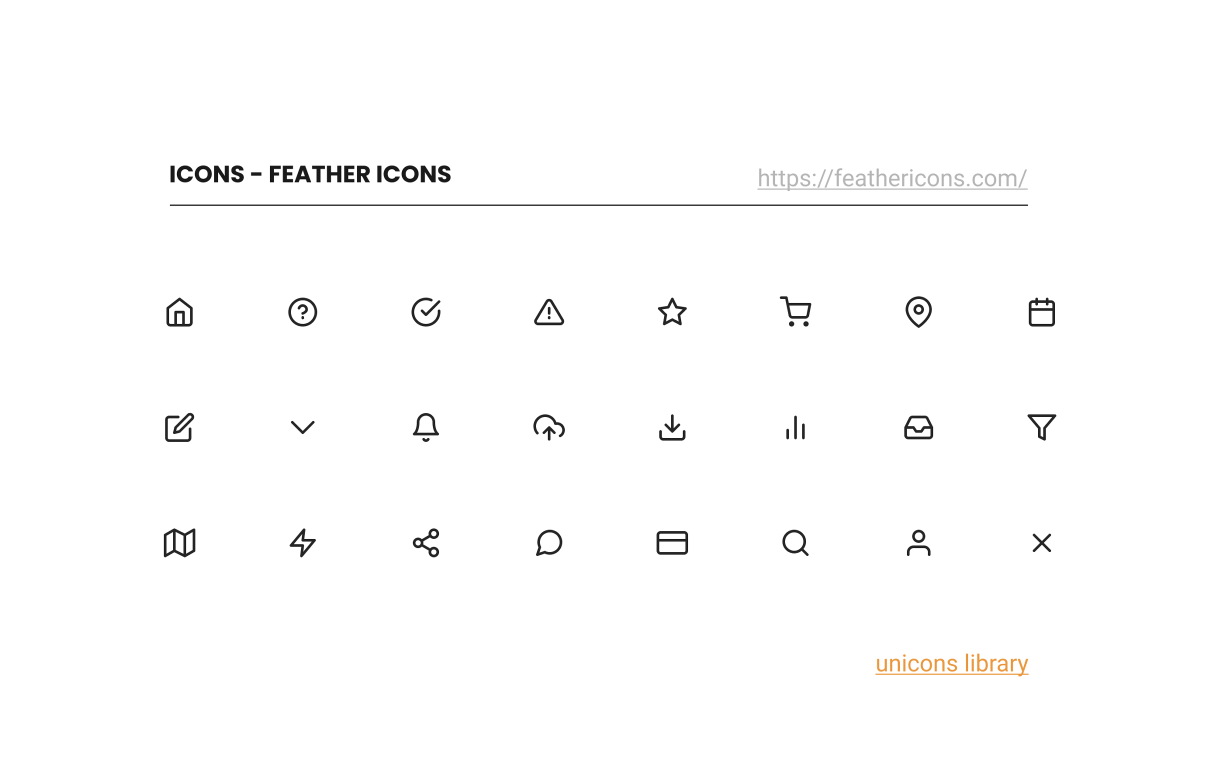
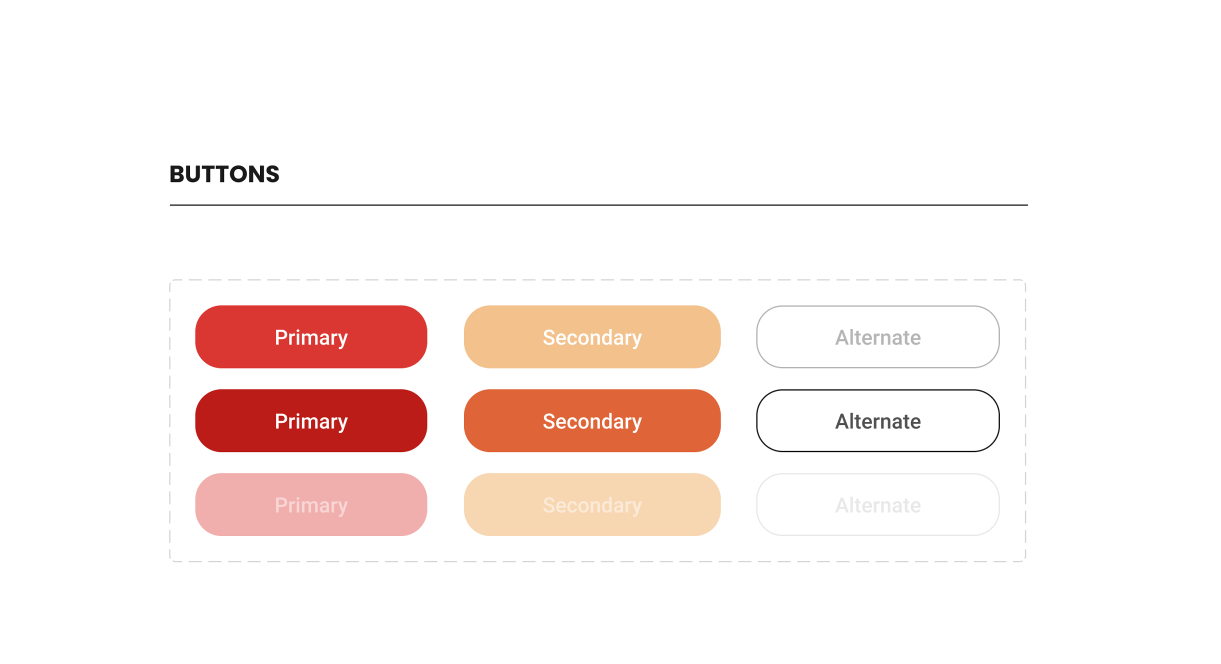
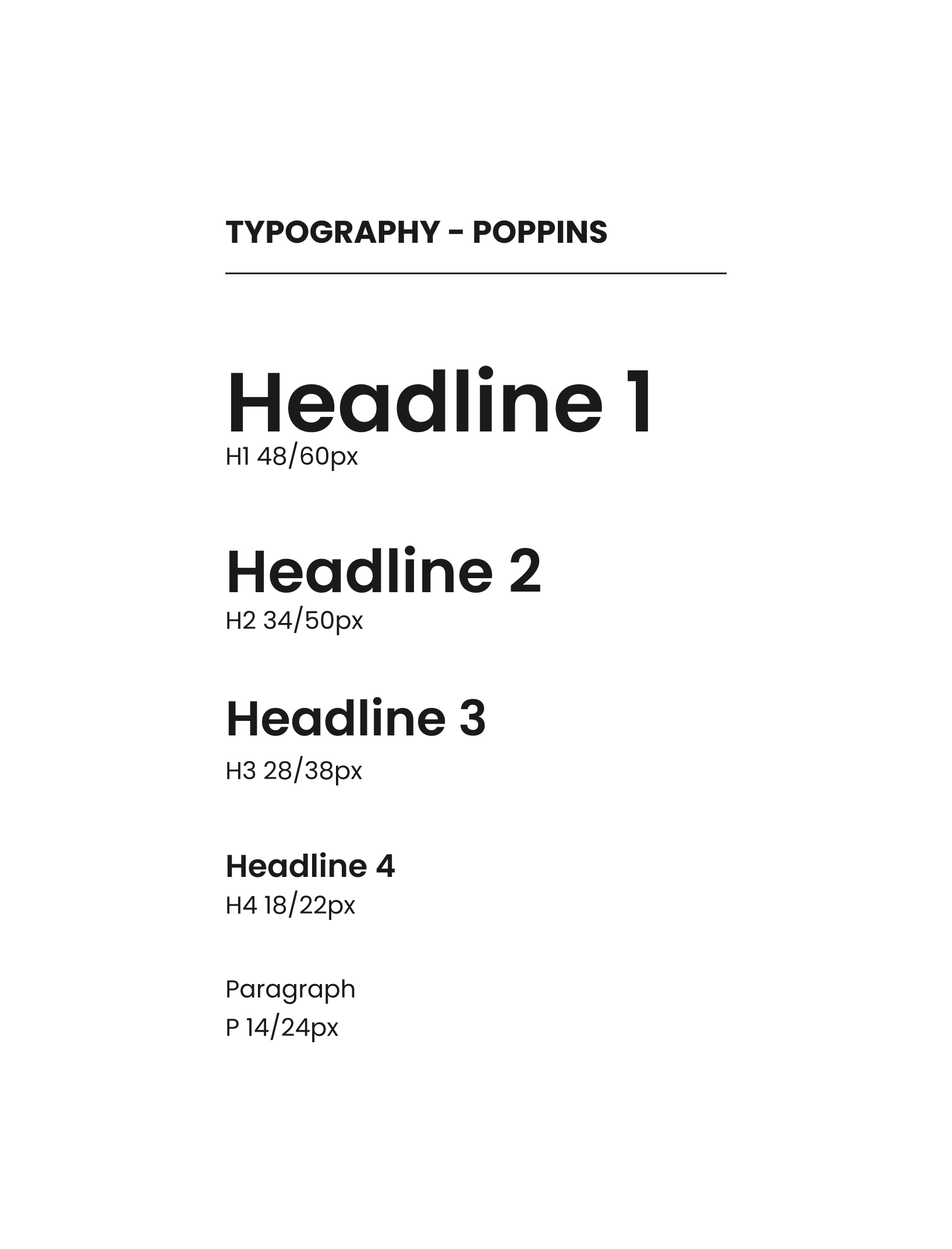
What I Did
→ Identified Critical Usability Issues by leading foundational user and stakeholder interviews, creating the data-driven case for a complete product overhaul.
→ Architected a New Design System from the Ground Up, establishing the foundational visual language, components, and interaction patterns to ensure future scalability and accelerate development.
→ De-risked the Redesign by creating and validating new, simplified user flows through rapid prototyping and user testing, ensuring the new experience was intuitive for the existing user base.
→ Drove Alignment Across the Company by collaborating closely with the CEO, engineering, and marketing to ensure the new design met both user needs and strategic business goals.
→ Owned the End-to-End Design Process, from initial research and wireframing to high-fidelity UI and final implementation, acting as the central pillar for the product's visual and experiential direction.
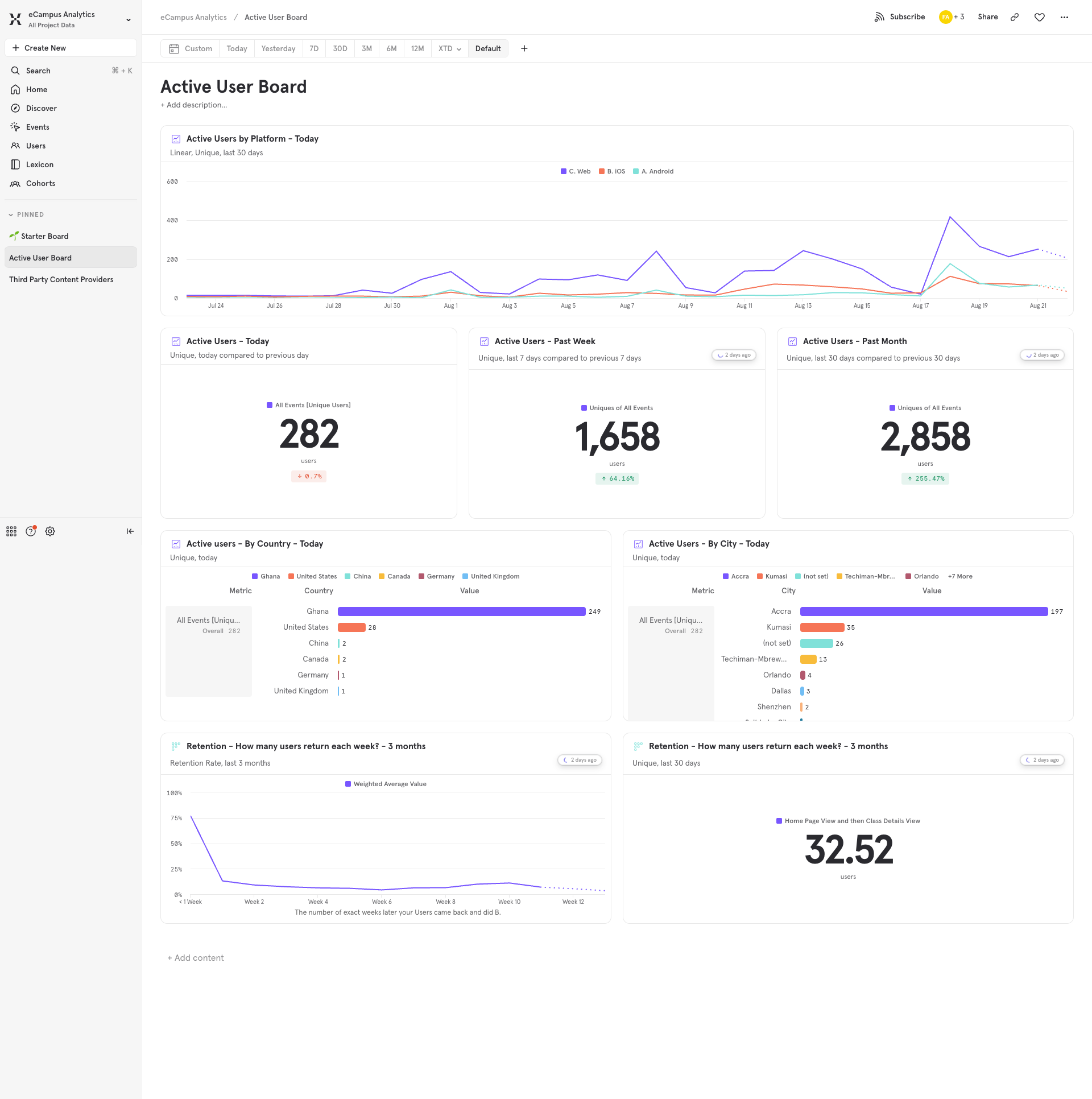


Results
→ Delivered a 30% increase in user satisfaction, as measured by post-launch surveys, directly validating the success of the user-centered approach.
→ Established a scalable design system that accelerated future development cycles and eliminated significant design debt, enabling the team to ship features more consistently.
→ Improved product adoption and laid the foundation for future feature growth with a modern, intuitive, and cohesive mobile experience.
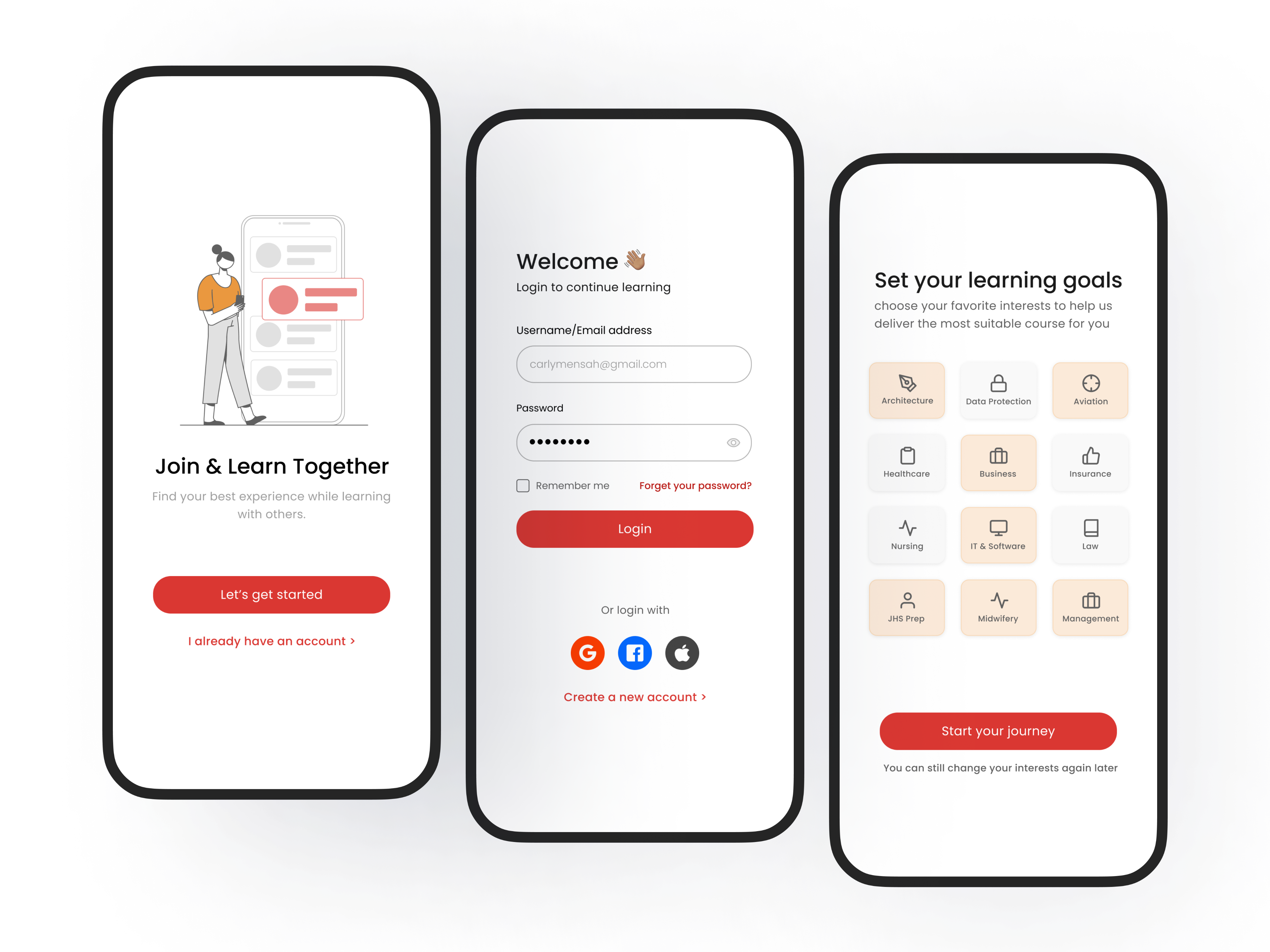
Reflections & Learnings
This project reinforced that for a mature product, a data-informed, systemic approach is the only way to drive meaningful change. I learned the importance of "showing, not telling", using rapid prototypes and user testing data to get buy-in from senior stakeholders, including the CEO, and to create a shared vision with engineering.
It also taught me that even in an established company, you can apply a "founder's mindset" by taking full ownership of a problem, architecting a foundational solution, and setting the team up for long-term success.
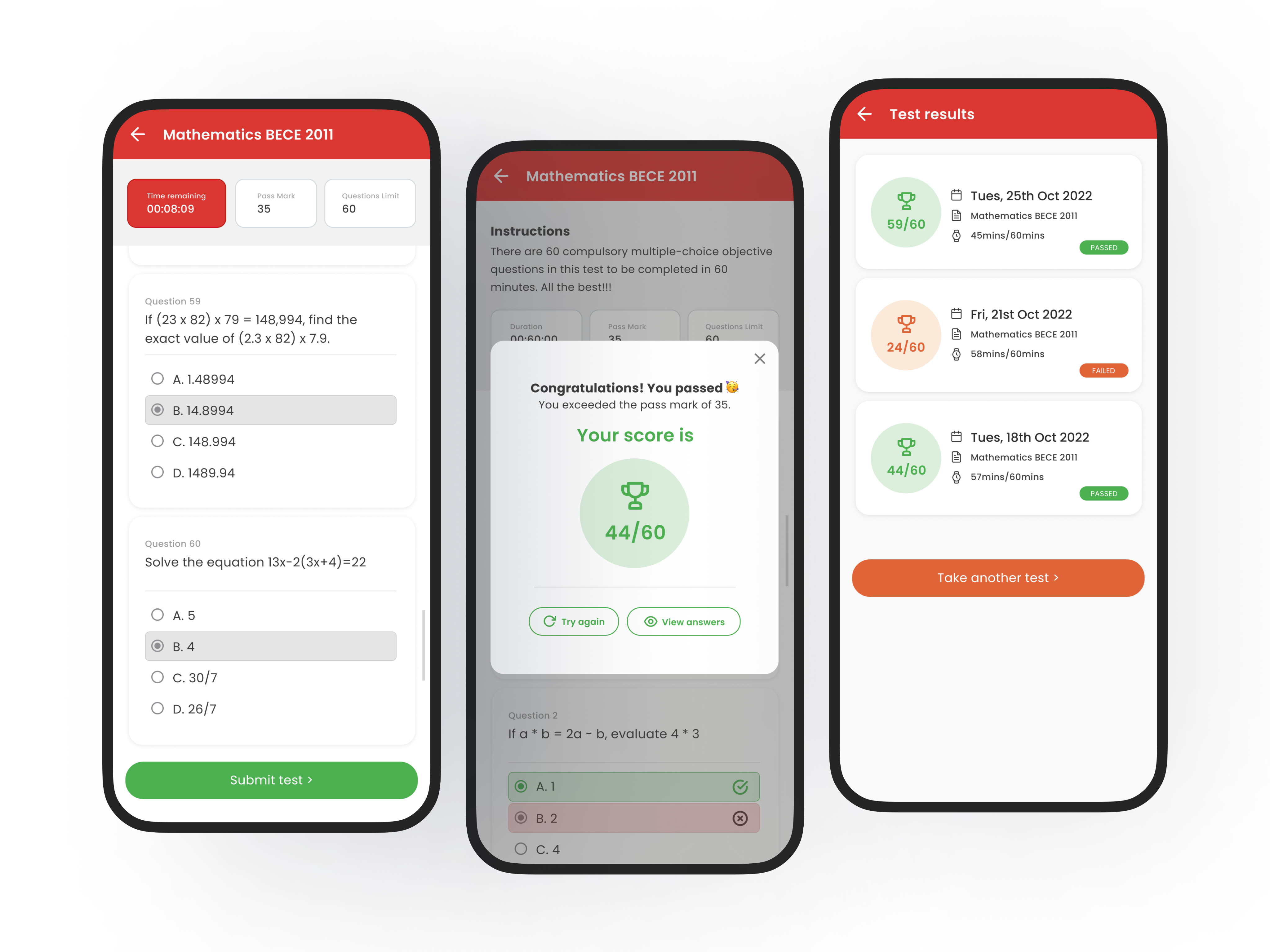
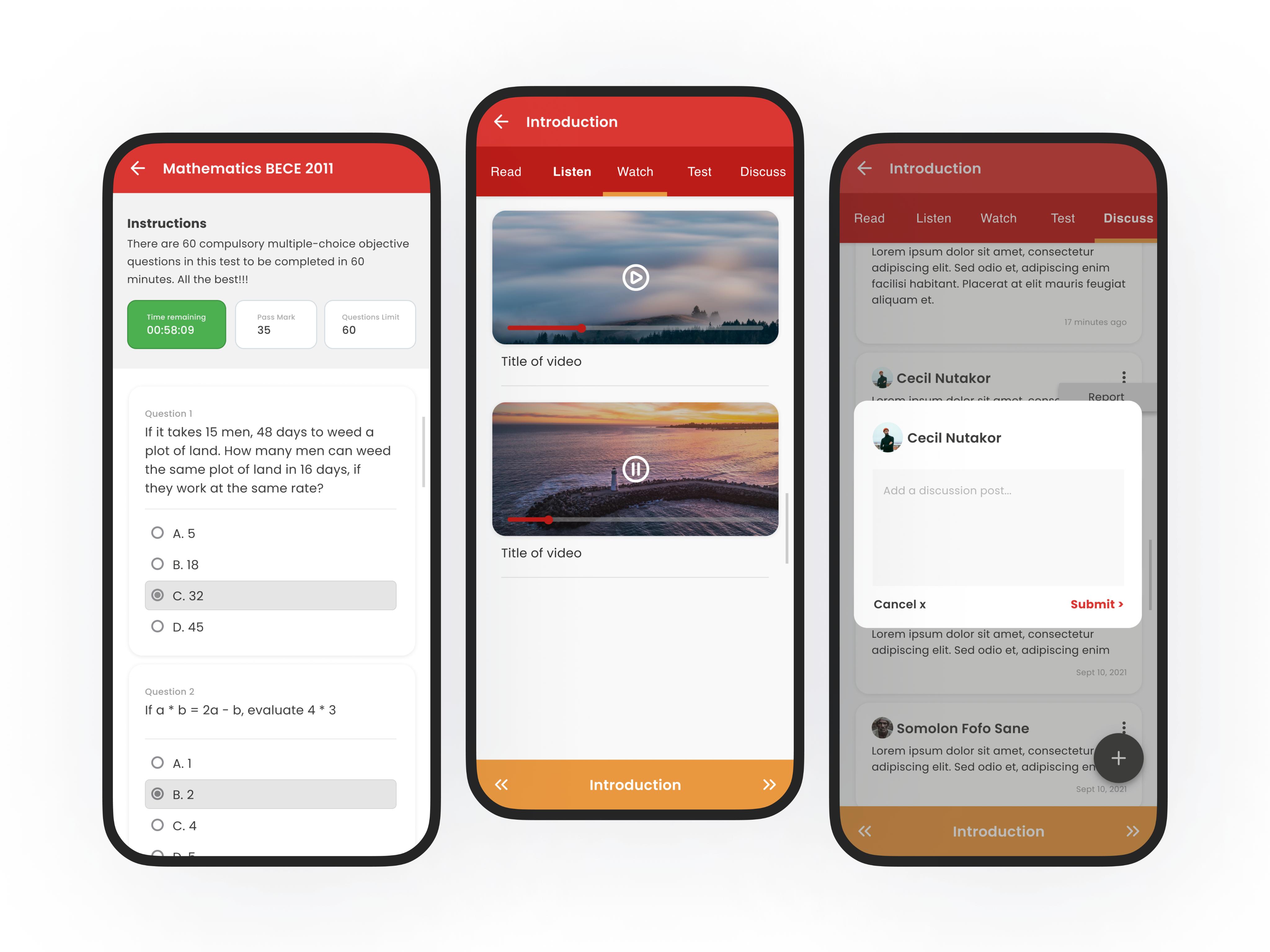
Next project
Let’s talk
Email me
Connect
Design System
eLearning
User Research
Stakeholder Management
B2B
B2C
Using a Data-Driven Redesign to Increase User Satisfaction by 30%

Role
Senior Product Designer (Lead)
Team
2 Designers
3 Engineers
CEO
Skills
Data-Driven Design
Mobile App Design
User Research
Design System
Rebranding
BEFORE


AFTER
Context
The eCampus mobile app had low user satisfaction due to a dated UI, confusing user flows, and a lack of design consistency. This was hurting user adoption and slowing down new feature development.
Challenge
To lead a complete, end-to-end redesign of the mobile app to create a modern, intuitive, and satisfying user experience that could be validated with data.


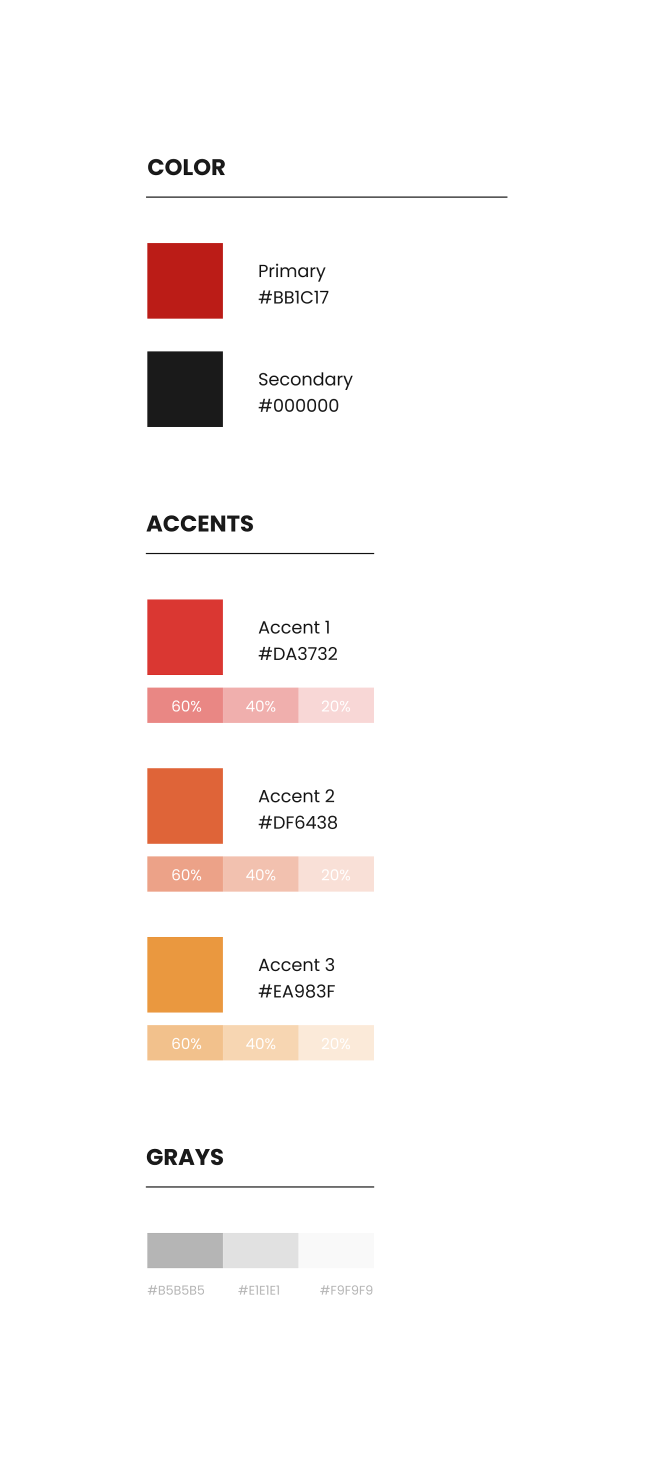

What I Did
→ Identified Critical Usability Issues by leading foundational user and stakeholder interviews, creating the data-driven case for a complete product overhaul.
→ Architected a New Design System from the Ground Up, establishing the foundational visual language, components, and interaction patterns to ensure future scalability and accelerate development.
→ De-risked the Redesign by creating and validating new, simplified user flows through rapid prototyping and user testing, ensuring the new experience was intuitive for the existing user base.
→ Drove Alignment Across the Company by collaborating closely with the CEO, engineering, and marketing to ensure the new design met both user needs and strategic business goals.
→ Owned the End-to-End Design Process, from initial research and wireframing to high-fidelity UI and final implementation, acting as the central pillar for the product's visual and experiential direction.



Results
→ Delivered a 30% increase in user satisfaction, as measured by post-launch surveys, directly validating the success of the user-centered approach.
→ Established a scalable design system that accelerated future development cycles and eliminated significant design debt, enabling the team to ship features more consistently.
→ Improved product adoption and laid the foundation for future feature growth with a modern, intuitive, and cohesive mobile experience.

Reflections & Learnings
This project reinforced that for a mature product, a data-informed, systemic approach is the only way to drive meaningful change. I learned the importance of "showing, not telling", using rapid prototypes and user testing data to get buy-in from senior stakeholders, including the CEO, and to create a shared vision with engineering.
It also taught me that even in an established company, you can apply a "founder's mindset" by taking full ownership of a problem, architecting a foundational solution, and setting the team up for long-term success.


Next project
Let’s talk
Email me
Connect
Design System
eLearning
User Research
Stakeholder Management
B2B
B2C
Using a Data-Driven Redesign to Increase User Satisfaction by 30%

Role
Senior Product Designer (Lead)
Team
2 Designers
3 Engineers
CEO
Skills
Data-Driven Design
Mobile App Design
User Research
Design System
Rebranding
AFTER
BEFORE

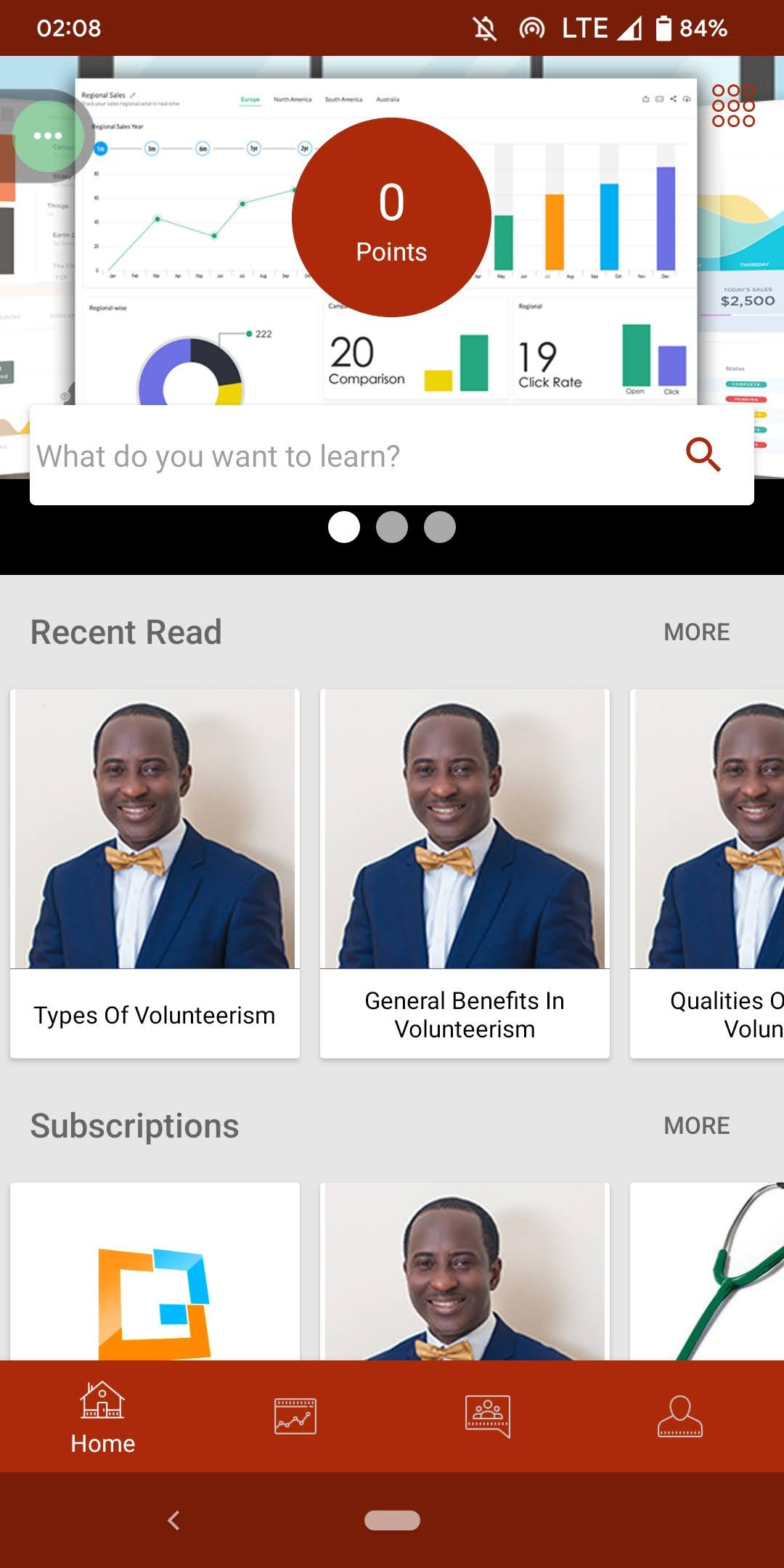

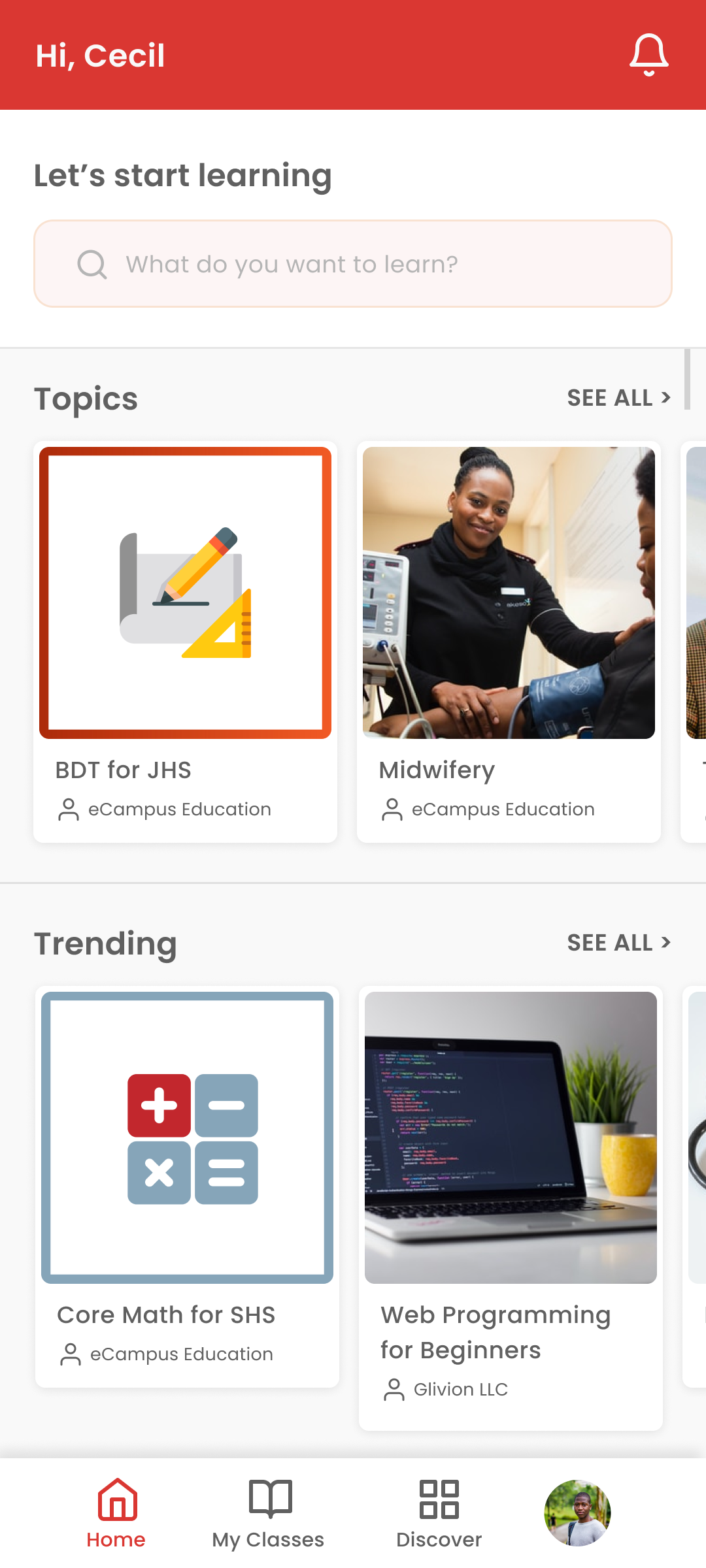
Context
The eCampus mobile app had low user satisfaction due to a dated UI, confusing user flows, and a lack of design consistency. This was hurting user adoption and slowing down new feature development.
Challenge
To lead a complete, end-to-end redesign of the mobile app to create a modern, intuitive, and satisfying user experience that could be validated with data.




What I Did
→ Identified Critical Usability Issues by leading foundational user and stakeholder interviews, creating the data-driven case for a complete product overhaul.
→ Architected a New Design System from the Ground Up, establishing the foundational visual language, components, and interaction patterns to ensure future scalability and accelerate development.
→ De-risked the Redesign by creating and validating new, simplified user flows through rapid prototyping and user testing, ensuring the new experience was intuitive for the existing user base.
→ Drove Alignment Across the Company by collaborating closely with the CEO, engineering, and marketing to ensure the new design met both user needs and strategic business goals.
→ Owned the End-to-End Design Process, from initial research and wireframing to high-fidelity UI and final implementation, acting as the central pillar for the product's visual and experiential direction.



Results
→ Delivered a 30% increase in user satisfaction, as measured by post-launch surveys, directly validating the success of the user-centered approach.
→ Established a scalable design system that accelerated future development cycles and eliminated significant design debt, enabling the team to ship features more consistently.
→ Improved product adoption and laid the foundation for future feature growth with a modern, intuitive, and cohesive mobile experience.

Refections & Learnings
This project reinforced that for a mature product, a data-informed, systemic approach is the only way to drive meaningful change. I learned the importance of "showing, not telling", using rapid prototypes and user testing data to get buy-in from senior stakeholders, including the CEO, and to create a shared vision with engineering.
It also taught me that even in an established company, you can apply a "founder's mindset" by taking full ownership of a problem, architecting a foundational solution, and setting the team up for long-term success.


Next project
Let’s talk
Email me
Connect
